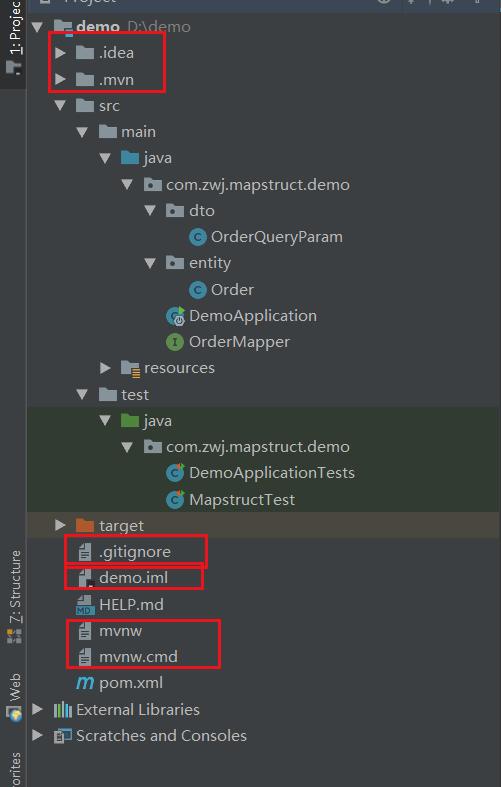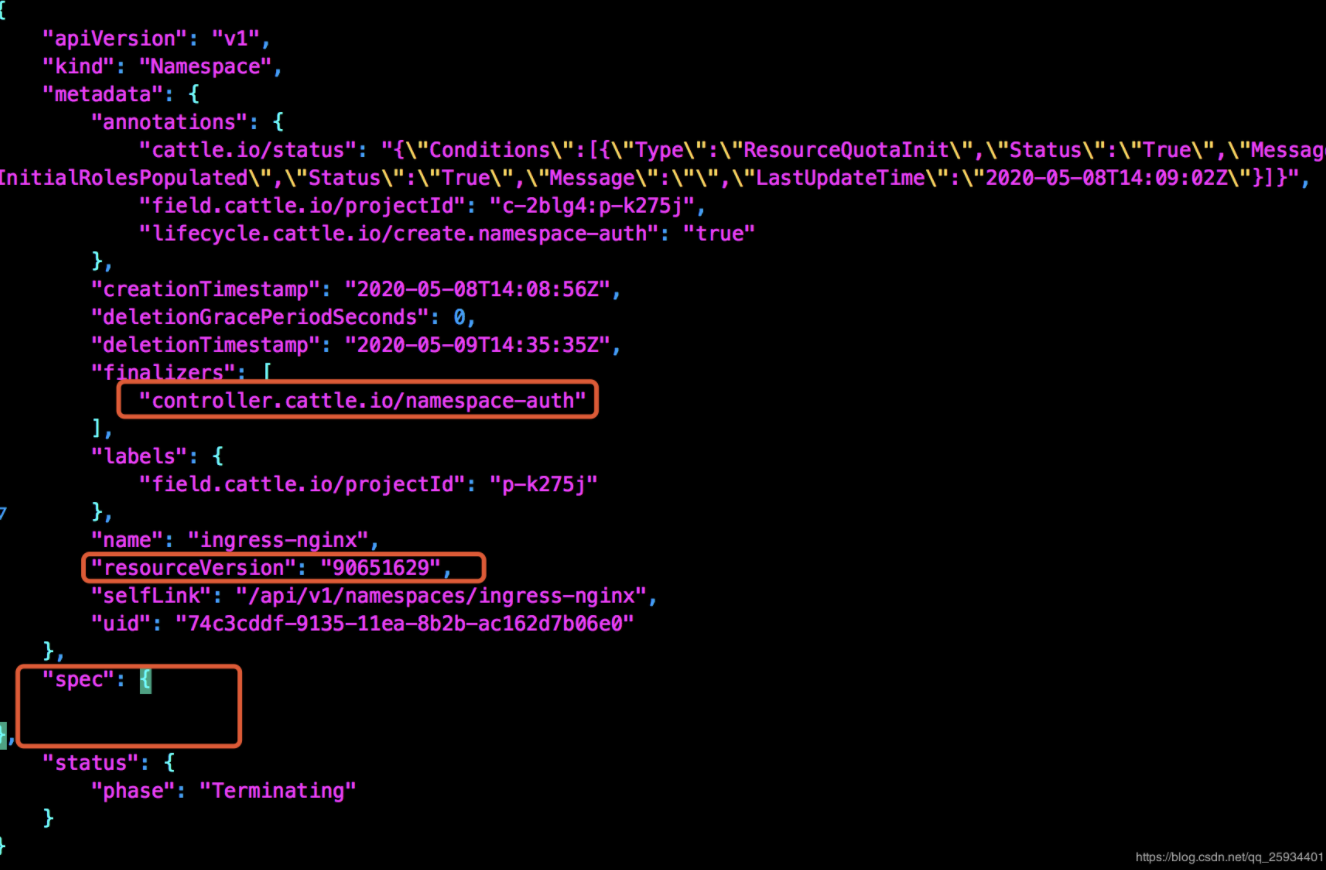Lucky Coins Sequence
Lucky Coins Sequence |
| Time Limit: 2000/1000 MS (Java/Others) Memory Limit: 65536/32768 K (Java/Others) |
| Total Submission(s): 35 Accepted Submission(s): 29 |
Problem Description As we all know,every coin has two sides,with one side facing up and another side facing down.Now,We consider two coins’s state is same if they both facing up or down.If we have N coins and put them in a line,all of us know that it will be 2^N different ways.We call a “N coins sequence” as a Lucky Coins Sequence only if there exists more than two continuous coins’s state are same.How many different Lucky Coins Sequences exist? |
Input There will be sevaral test cases.For each test case,the first line is only a positive integer n,which means n coins put in a line.Also,n not exceed 10^9. |
Output You should output the ways of lucky coins sequences exist with n coins ,but the answer will be very large,so you just output the answer module 10007. |
Sample Input
|
Sample Output
|
Source 2010 ACM-ICPC Multi-University Training Contest(9)——Host by HNU |
Recommend zhengfeng |
/*题意:定义一个硬币序列,如果超过三个相邻的硬币的正反相同,那么这个序列就是Lucky序列,给出序列长度n,问有几种Lucky序列初步思路:这种题型一般都是递推过来的,不管了先打表试一下打表结果:(从3开始的)261638861884028461760363074381516430794623421259042537825107581026684每项和前项的二倍差的数刚好是一个变形的斐波那契数列。得到递推公式:G(n)=2*(G(n-1)+F(n-2));#感悟:一边AC爽*/#include<bits/stdc++.h>#define mod 10007using namespace std;/********************************矩阵模板**********************************/class Matrix {public:int a[3][3];void init(int x) {memset(a,0,sizeof(a));if(x==1){a[0][0]=2;a[0][1]=1;a[0][2]=1;}else{a[0][0]=2;a[1][0]=2;a[1][1]=1;a[1][2]=1;a[2][1]=1;}}Matrix operator +(Matrix b) {Matrix c;for (int i = 0; i < 3; i++)for (int j = 0; j < 3; j++)c.a[i][j] = (a[i][j] + b.a[i][j]) % mod;return c;}Matrix operator +(int x) {Matrix c = *this;for (int i = 0; i < 3; i++)c.a[i][i] += x;return c;}Matrix operator *(Matrix b){Matrix p;memset(p.a,0,sizeof p.a);for (int i = 0; i < 3; i++)for (int j = 0; j < 3; j++)for (int k = 0; k < 3; k++)p.a[i][j] = (p.a[i][j] + (a[i][k]*b.a[k][j])%mod) % mod;return p;}Matrix power_1(int t) {Matrix ans,p = *this;memset(ans.a,0,sizeof ans.a);for(int i=0;i<3;i++) ans.a[i][i]=1;while (t) {if (t & 1)ans=ans*p;p = p*p;t >>= 1;}return ans;}Matrix power_2(Matrix a,Matrix b,int x){while(x){if(x&1){b=a*b;}a=a*a;x>>=1;}return b;}}unit,init;/********************************矩阵模板**********************************/int n;int main(){// freopen("in.txt","r",stdin);while(scanf("%d",&n)!=EOF){if(n<3){printf("0\n");continue;}if(n==3){printf("2\n");continue;}unit.init(1);init.init(0);// for(int i=0;i<3;i++){// for(int j=0;j<3;j++){// cout<<unit.a[i][j]<<" ";// }// cout<<endl;// }init=init.power_1(n-3);printf("%d\n",(unit*init).a[0][0]);}return 0;}
转载于 //www.cnblogs.com/wuwangchuxin0924/p/6388559.html
//www.cnblogs.com/wuwangchuxin0924/p/6388559.html



































还没有评论,来说两句吧...